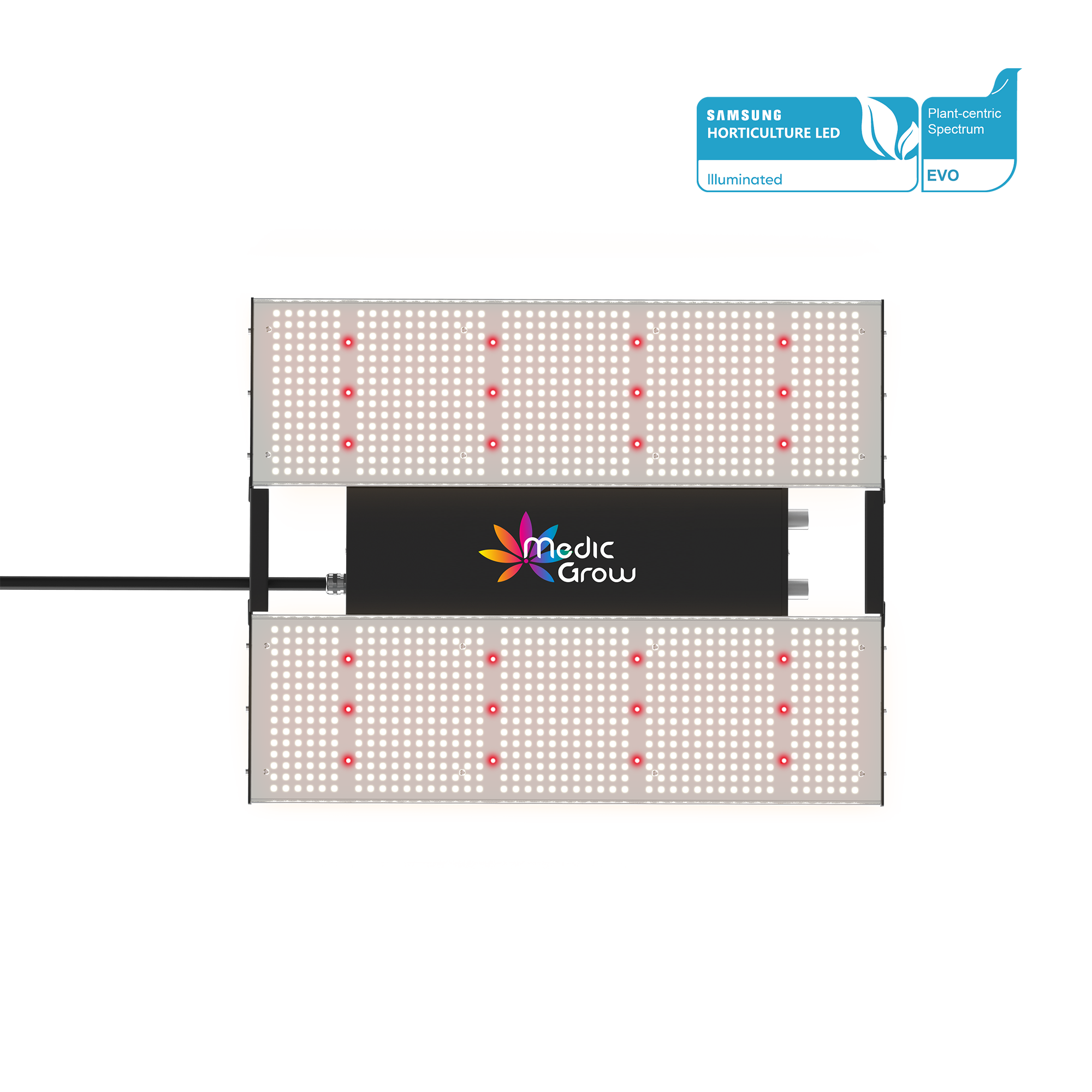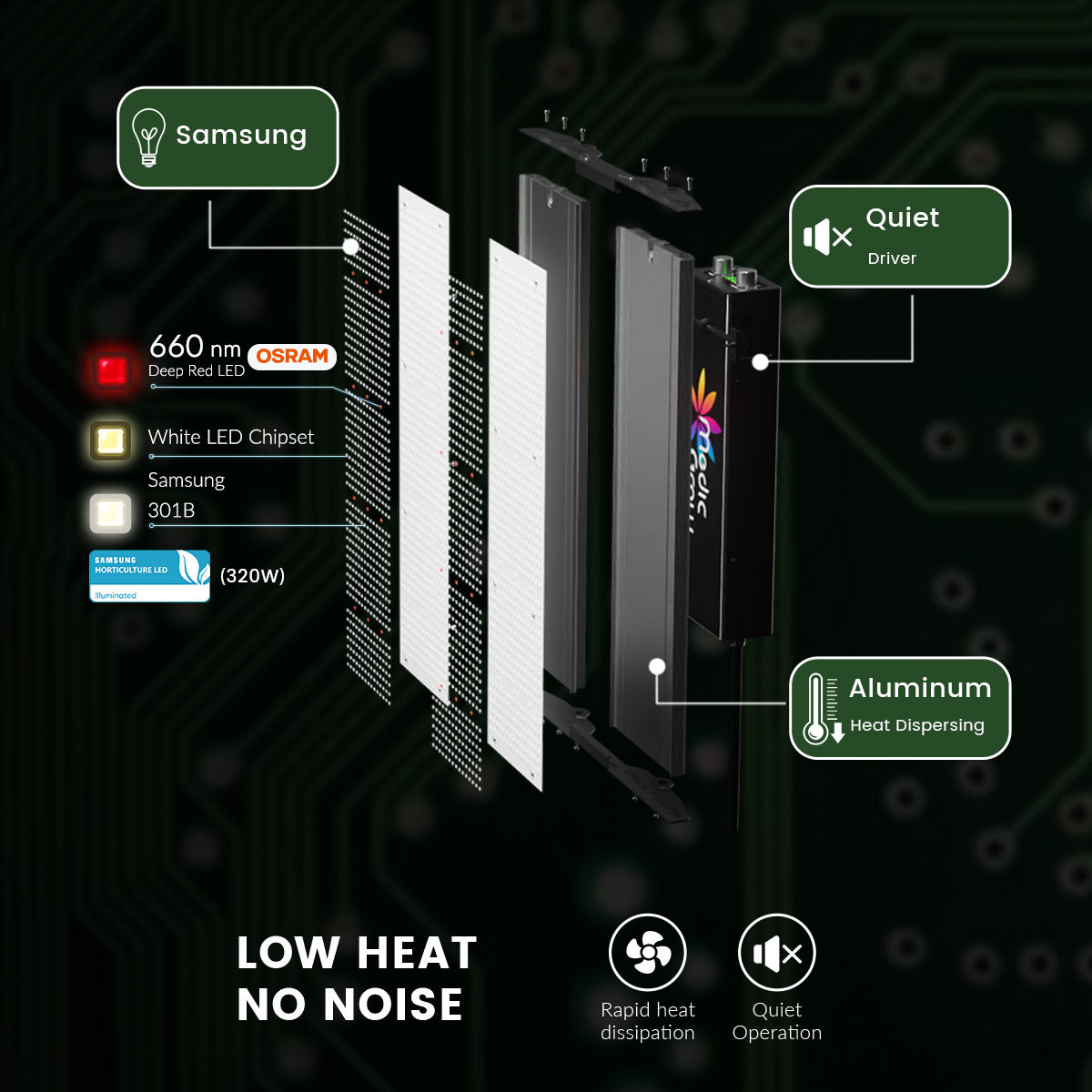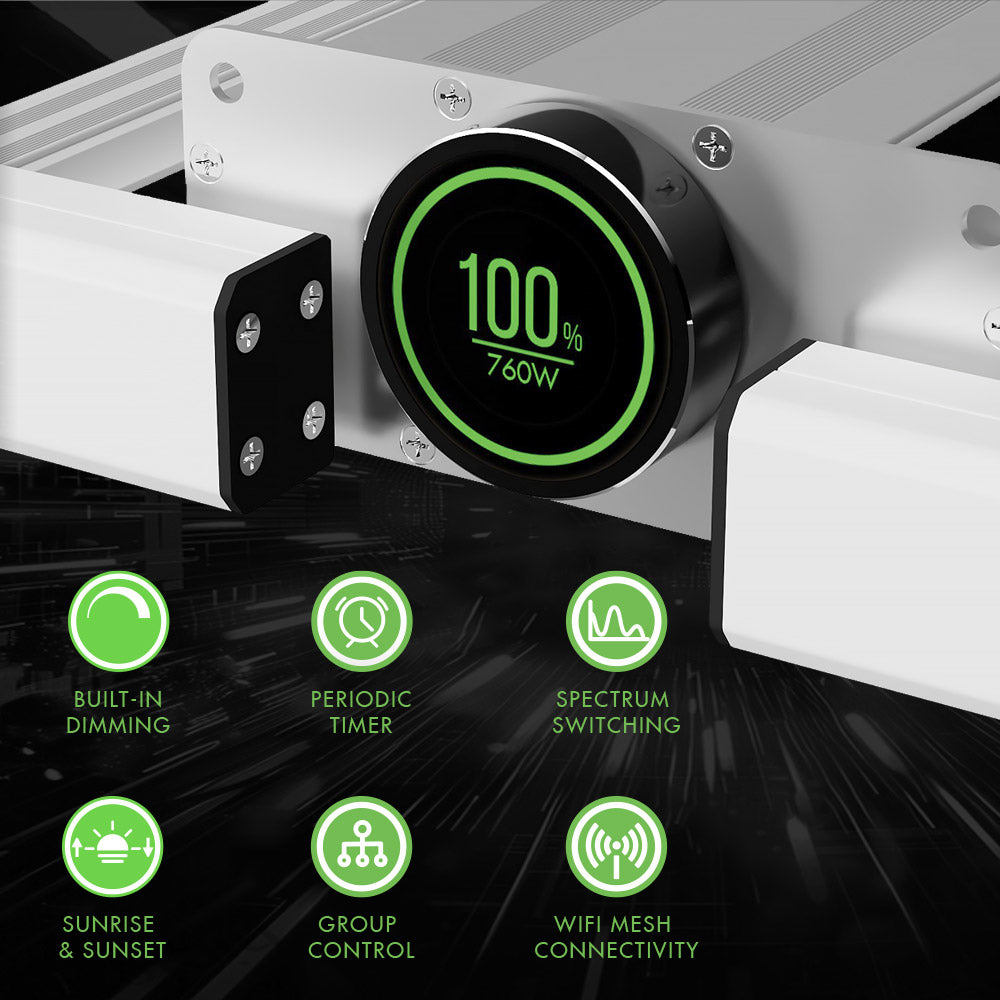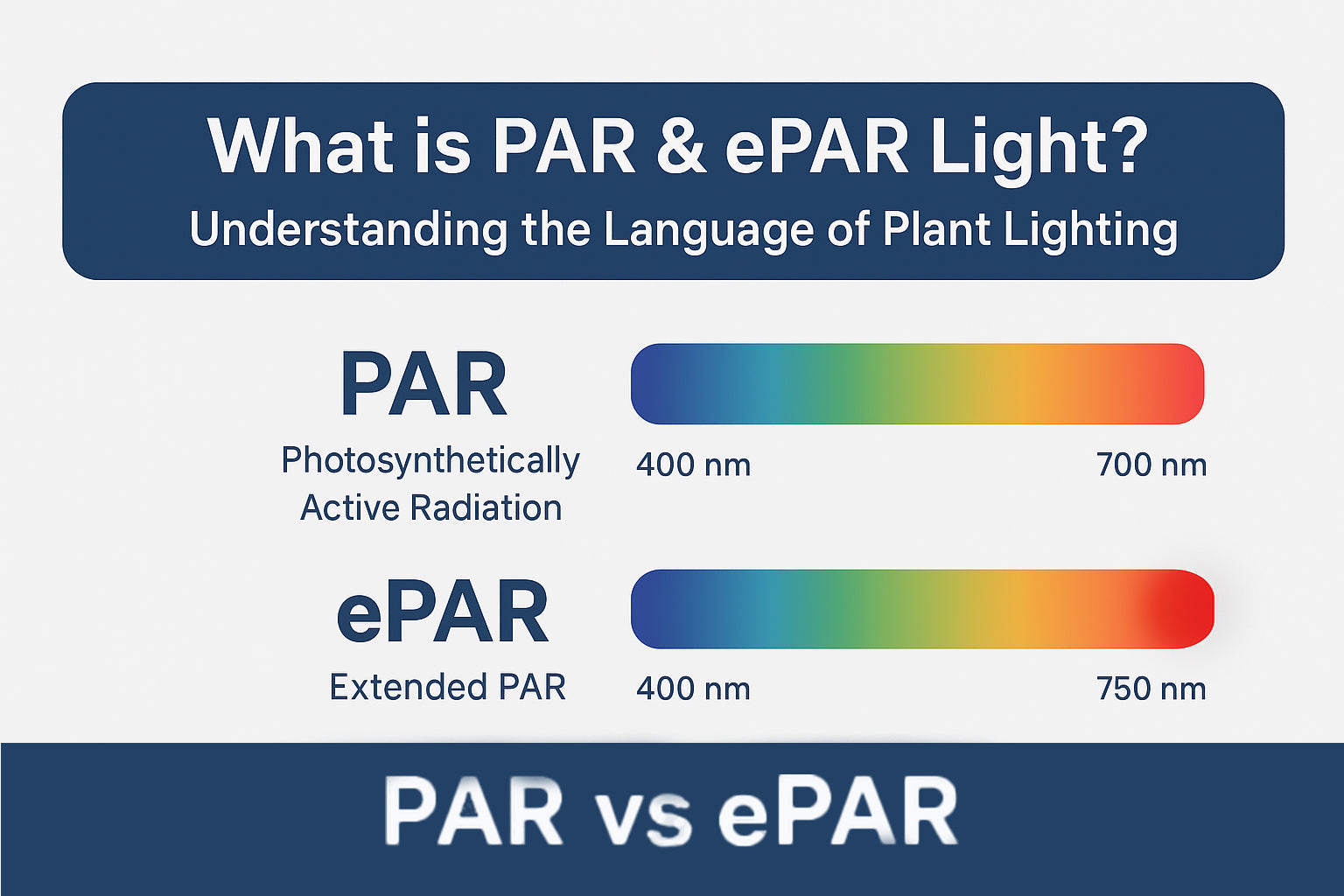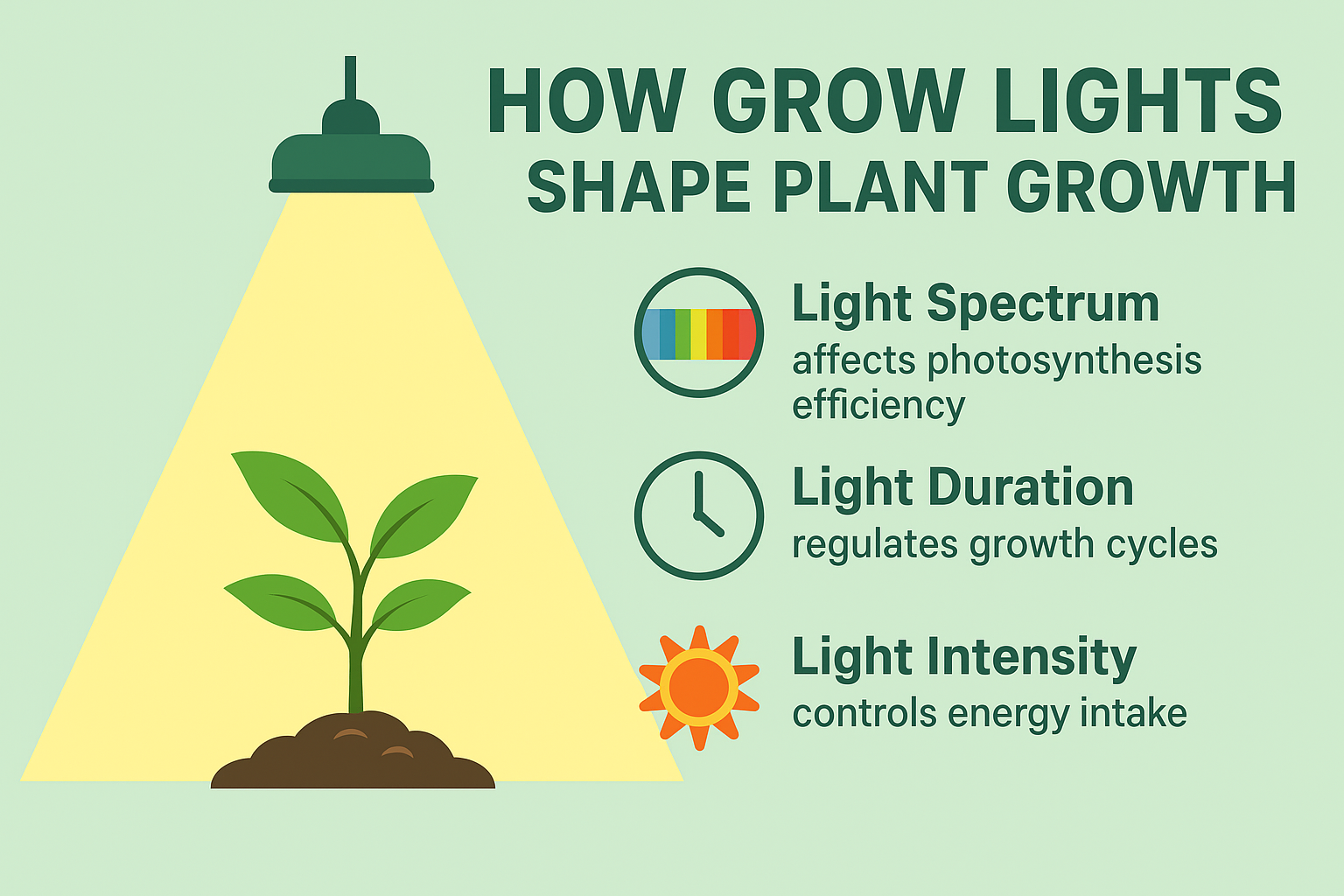
Cost-Saving Strategies for LED Grow Lights
LED grow lights have become increasingly popular in recent years due to their energy efficiency and effectiveness in growing plants. However, their initial cost can be higher than traditional lighting systems.
In this article, we will explore several cost-saving strategies for full-spectrum LED grow lights that can help you reduce your expenses while still achieving healthy and abundant plant growth.
- Part 1: Invest in high-quality LED grow lights
- Part 2: Use reflective surfaces
- Part 3: Use light timers
- Part 4: Consider supplemental lighting
- Part 5: Optimize your growing space
- Part 6: Use dimmer switches
- Part 7: Take advantage of rebates and incentives
- Part 8: Consider purchasing used LED grow lights
- Part 9: Use energy-efficient equipment
- Part 10: Use natural light when possible
Invest in high-quality LED grow lights
Investing in high-quality LED grow lights can save you money in the long run. While they may have a higher initial cost, they are more energy-efficient and last longer than cheaper alternatives. This means that you will save money on your energy bill and replacement costs over time.

When selecting LED grow lights, it's important to look for ones that are specifically designed for plant growth like the UV grow light. They should have a high PAR (Photosynthetically Active Radiation) value and a full spectrum of light to support all stages of plant growth. Additionally, look for lights that have a high-efficiency rating and a long lifespan, such as those with an average of 50,000 hours or more.
Use reflective surfaces
Reflective surfaces can help maximize the effectiveness of your LED grow lights by reflecting light onto your plants. This can reduce the number of lights you need to purchase and can also help reduce your energy bill.One way to create a reflective surface is to use a growing tent with Mylar or reflective sheeting. These materials can be placed on walls, floors, or ceilings to reflect light onto plants. Additionally, you can use white paint or aluminum foil to create a reflective surface.
Use light timers
Using grow light timers can help you save money on your energy bill by reducing the amount of time your LED grow lights are on. Plants require a certain amount of light per day to grow, but too much light can be harmful. By using a grow light with a timer like Medicgrow 800W grow light, you can ensure that your plants receive the appropriate amount of light without wasting energy.There are different types of light timers available, including mechanical and digital timers. Digital timers offer more flexibility, as they allow you to set different light schedules for different stages of plant growth.
Consider supplemental lighting
Supplemental lighting can help you save money on your LED grow lights by providing additional light to your plants without having to purchase more lights. This can be particularly useful for areas of your growing space that may not receive enough light from your main grow lights.Supplemental lighting can come in the form of desk lamps or fluorescent lights. However, when selecting supplemental lighting, it's important to ensure that the light spectrum is appropriate for plant growth.
Optimize your growing space
Optimizing your growing space can help you save money on your LED grow lights by maximizing the amount of light your plants receive. This can be achieved by arranging your plants in a way that allows them to receive equal amounts of light and by using reflective surfaces to bounce light onto plants.Additionally, it's important to ensure that your growing space is properly ventilated with an indoor grow tent kit. This can help regulate temperature and humidity levels, which can affect plant growth and the effectiveness of your LED grow lights.
Use dimmer switches
Using dimmer switches can help you save money on your LED grow lights by allowing you to adjust the brightness of your lights. This can be particularly useful for plants that require different light intensities during different stages of growth.Dimmer switches can be used on 1000W LED grow lights that are compatible with them. They allow you to adjust the brightness of your lights without having to purchase additional equipment.
Take advantage of rebates and incentives

Before purchasing LED grow lights, research available rebates and incentives in your area.
Consider purchasing used LED grow lights
Purchasing used LED grow lights can be a cost-effective alternative to buying new ones. While you may not receive the full lifespan of the lights, you can still benefit from the energy efficiency and effectiveness of LED grow lights at a lower cost.When purchasing used LED grow lights, it's important to inspect them carefully for any damage or wear and tear. Additionally, look for lights that have a long remaining lifespan to ensure that you will get the most out of your investment.
Use energy-efficient equipment
Using energy-efficient equipment, such as fans and air conditioning units, can help you save money on your energy bill. These devices can help regulate temperature and humidity levels, which can affect plant growth and the effectiveness of your LED grow lights.Look for equipment that has an ENERGY STAR rating, as this indicates that it meets strict energy efficiency guidelines set by the U.S. Environmental Protection Agency. Additionally, consider purchasing equipment with adjustable settings to allow for greater control over temperature and humidity levels.
Use natural light when possible
Using natural light when possible can help you save money on your LED grow lights by reducing the amount of time they need to be on. This can be particularly useful for plants that thrive in natural light, such as herbs or succulents.
When using natural light, it's important to ensure that your plants are receiving the appropriate amount of light per day. Additionally, consider using reflective surfaces to maximize the amount of natural light your plants receive.
In conclusion, LED grow lights can be a cost-effective and energy-efficient way to grow plants. By investing in high-quality lights, using reflective surfaces, using light timers, considering supplemental lighting, optimizing your growing space, using dimmer switches, taking advantage of rebates and incentives, purchasing used LED grow lights, using energy-efficient equipment, and using natural light when possible, you can reduce your expenses while still achieving healthy and abundant plant growth.
Related Post:
Featured Products
Blog Posts
Contact Us with Any Idea!
- Choosing a selection results in a full page refresh.
!















